
|
|
|
|
|
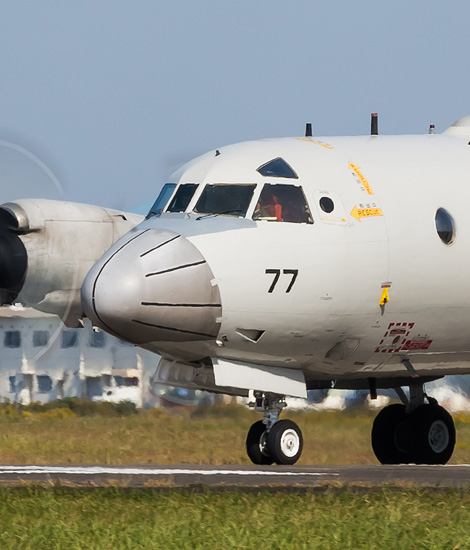
|
On patrol with the P-3C Orion; Kanoya, November 6, 2019
Japan Maritime Self Defense Force, part 4; Text and Photograph's by Alex van Noye
One of the most characteristic patrol aircraft of the Japanese navy is the Lockheed P-3C Orion. This patrol aircraft plays an important role in the navy in protecting Japanese waters against intruders such as ships and submarines. The Orion has been the backbone of the patrol fleet for years and is quickly being replaced.
The P-3C Orion still plays the most important role when it comes to defending the Japanese coastline and territorial waters. The P-3C of the Japan Maritime Self Defense Force (JMSDF) was built in Japan under license by Kawasaki Heavy Industries. Within NATO, the P-3 Orion is used by the United States, Greece, the Netherlands, Norway and Spain. Canada uses the CP-141 Aurora. This is a version of the Orion with the equipment that is also used in the Lockheed Viking. Other countries that fly with a version of the P-3 Orion are: Pakistan, Australia, Brazil, Japan and Iran. The Japan Maritime Self Defense Force (JMSDF) has purchased the Orion as a replacement for the P-2J Neptune. The JMSDF has since 1977 launched the program for the purchase of the Orion. In 1977, the decision was made to use P-3C and in the following year the actual purchase of the aircraft began. The first three aircraft were manufactured in the United States in the course of 1981. Subsequently, from 1982, aircraft were produced under license by the Japanese Kawasaki Heavy Industries. The delivery lasted until 1997 when the last P-3C Orion was delivered to the JMSDF. A total of 101 aircraft were delivered to the JMSDF. There are a total of 66 aircraft built by Kawasaki under license on the P-3C Update II.5 standard. This was initially the same standard that was also delivered to the US Navy in the 1980s. Then there were also 32 aircraft supplied by Kawasaki that were on the P-3C Update III standard.
The most important tasks of the Japanese Orions is patrolling along the Japanese coastlines of the mainland and the many islands that belong to the country. The aircraft were to observe and report ships from the Soviet Union and later Russia and China. Tracing submarines below the surface of the Japanese Sea and the Pacific Ocean are also among the core tasks of these patrol aircraft. After the end of the Cold War, the aircraft was also occasionally used for crisis management operations in the many earthquakes and natural disasters in Japan. Nowadays, the P-3C Orions of the
|
|
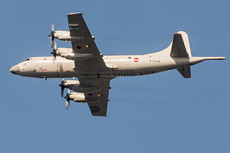
|
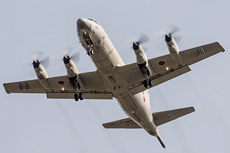
|
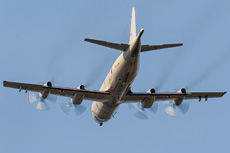
|
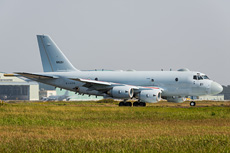
|
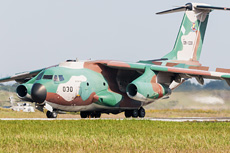
|
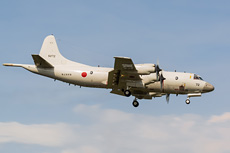
|
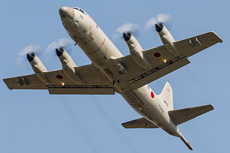
|
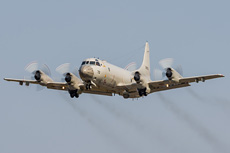
|
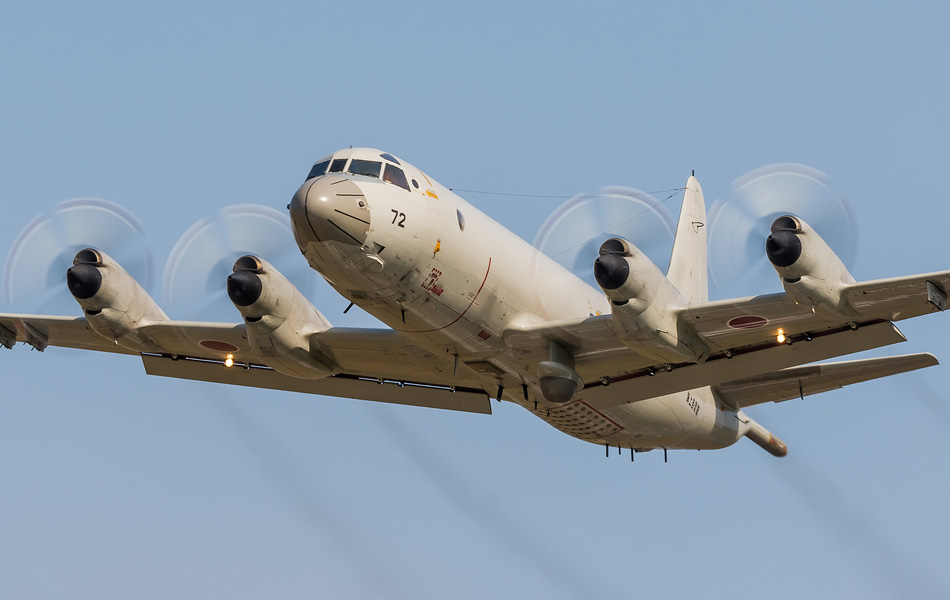
|
JMSDF are mostly used for anti-submarine missions to detect ships from Russia and China. During these missions, the Orions fly low above the water and will detect and follow submarines with the sensors on board. A second task of the Orion is to support tactical transport operations. These missions often consist of acting as a flying command post during maritime operations. During the patrol missions, the Orion can use tools such as: radar, ESM, Sonar buoys and the MAD MX15 and MX20 system. The most important system then used is the MAD (Magnetic Anomaly Detection) system that is characterized by the long tail boom at the rear of the aircraft. With this long sensor, submarines can be observed that sail deep below the water surface. The sensor detects abnormalities in the magnetic field caused by the metal fuselage of the submarine being tracked. In the Japanese Sea, the Orions are also regularly used to detect illegal fishing. The Orions have powerful sensors that can detect the boats from a great distance.
In total, the JMSDF flew with nine operational Fleet Air Squadrons and a training squadron equipped with the P-3C Orion. The first unit that still flies with the Orion at this moment is the 1st Fleet Air Squadron (VP-1) at Kanoya Air Station. This unit is referred to as Jupiter and is currently in the conversion to the Kawasaki P-1. The Japanese Orion units are often referred according to the US system of the US Navy. For example, the 1st Fleet Air Squadron is referred to as VP-1 or Patron 1. The second unit is still active today with the Orion at Hachinohe Air Station. This unit is Patron 2 and is referred to as Odin, where in the past it was Poseidon. The third JMSDF unit that has flown with the Orion is Patron 3 which is based on Atsugi Air Station. This unit has completely switched to flying with the P-1 since 2018. The 3rd Fleet Air Squadron bears the name Neptune in the JMSDF communication. The fourth unit that flew with the Orion is Patron 4, this unit has since been disbanded since March 26, 2008. The unit merged with the 2nd Fleet Air Squadron during a reorganization at Hachinohe Air Station. The unit was referred to as Blacky in the past. The 5th Fleet Air Squadron or Patron 5 is based on Naha Air Station on the Japanese island of Okinawa. This unit is displayed under the name Pegasus and still flies today with the P-3C Orion. Patron 5 is the only unit that is based on the southern island and therefore the only unit that is not based on the Japanese main land.
Patron 6, known as Lucifer in the past, flew with the Orion until March 26, 2008. This unit was based at Atsugi Air Station and after a reorganization of the JMSDF merged into the 3rd Fleet Air Squadron which now flies the P-1 from Atsugi Air Station. The seventh unit Patron 7 was based on Kanoya Air Station until March 26, 2008. This unit, like a few other units, was merged into another unit during the reorganizations of the JMSDF. Patron 7 was known as Omega and was absorbed in Patron 1 at Kanoya Air Station. The eighth unit is Patron 8, which has flown with the Orion from Iwakuni Air Station until March 5, 2001. From this date the unit has been disbanded. This unit flew under the name Thunder when flying with the Orion. The ninth and final operational Orion unit is Patron 9 or the 9th Fleet Air Squadron. This unit also merged with another unit as a result of the 2008 reorganization. This squadron is merged with the 5th Fleet Air Squadron or Patron 5 on Naha on Okinawa. The last unit that still flies with the Orion is a training unit. This unit is the 203rd Educational Air Corps and is based on Shimofusa Air Station. This unit trains all crew members for Japanese patrol aircraft. At the moment, the longest days seem to be counted for the Japanese Orions. The type will be completely replaced in the coming years by the Kawasaki P-1 in the patrol role. The first squadron has already moved to this new type. Many will follow in the coming years. The Orion will always be remembered as a characteristic patrol aircraft.
|
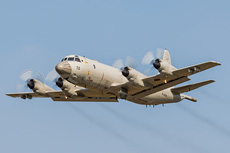
|
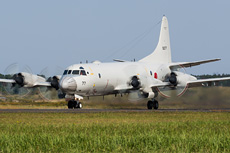
|
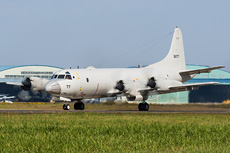
|
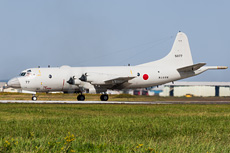
|
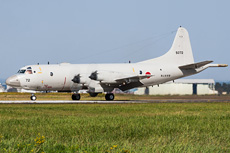
|
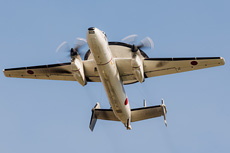
|
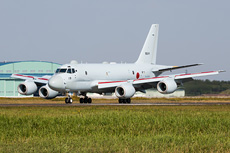
|
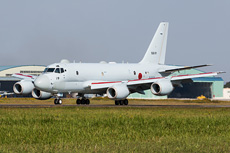
|
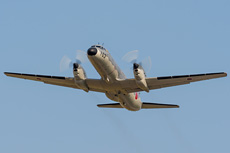
|
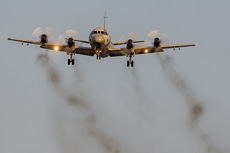
|
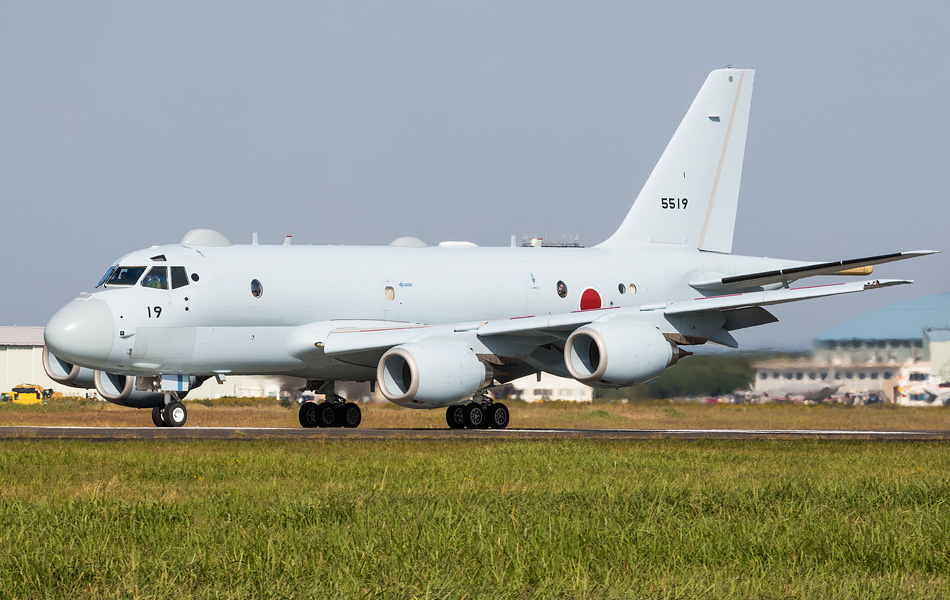
|
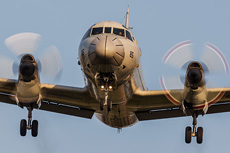
|
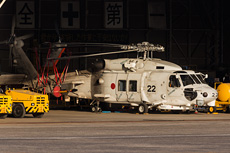
|
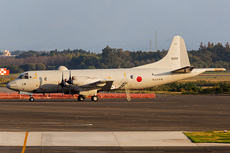
|
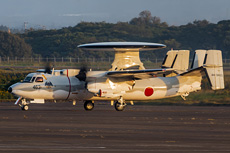
|
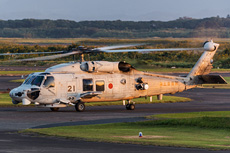
|
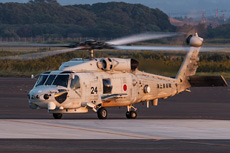
|
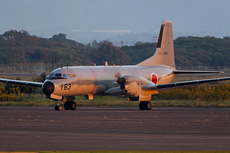
|
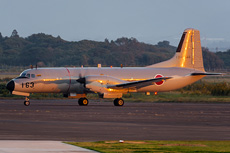
|
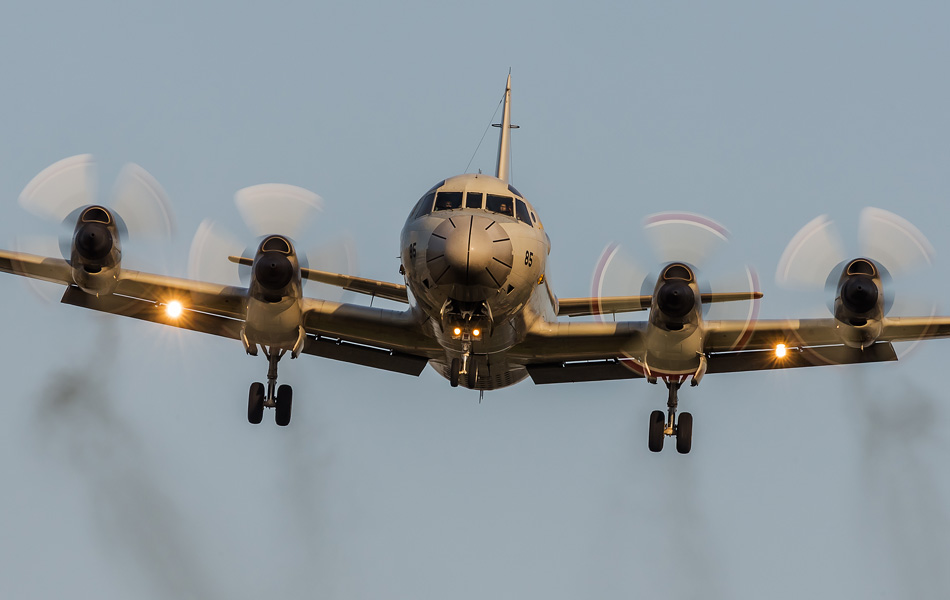
|
|
|

|







